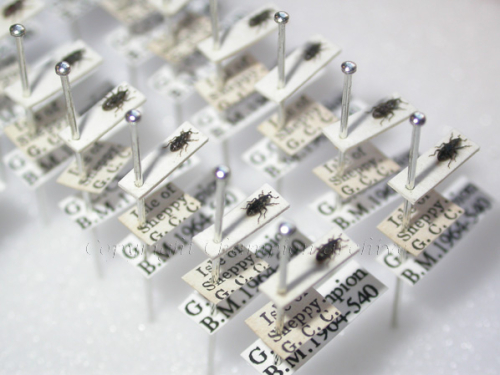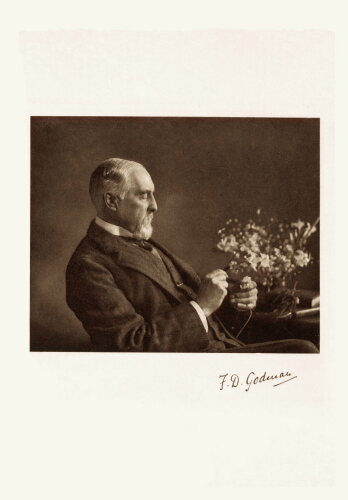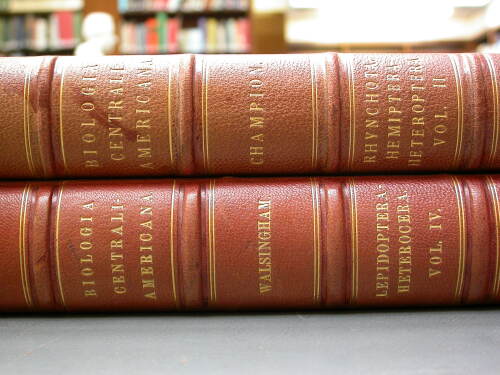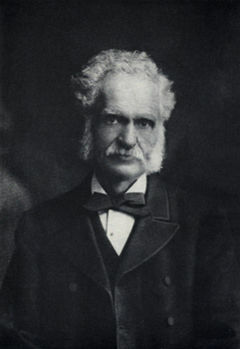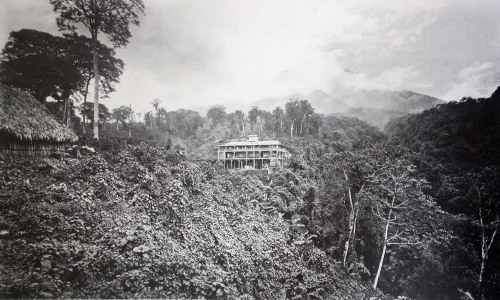MOVE TO CENTRAL AMERICA:
G C Champion left England early in February 1879 for Guatemala, where he arrived on 16 March. Then commenced four years of journeys and intensive collecting which are described in a series of articles, and in the introductory volume of the Biologia. GCC describes first the equipment he used for collecting. He had taken out a lot but soon found that more than half of it was useless because there were insufficient mules, horses, or Indian backs to carry so much weight. ‘My usual plan was to stay a few days here and there, at various places on the road, till I came to what appeared a likely place, then I would remain longer and, if necessary, send to my nearest headquarters for more boxes, etc.; in this way I travelled over a large part of Guatemala, and of the northern part of the Colombian state of Panama.’ His beating tray he quickly abandoned ‘finding that I could manage much better with a large balloon-shaped, jointed cane, butterfly net: a net of this kind will answer very well for all Orders of insects, it can be turned over to beat on to, and at the same time, you have a net ready to catch anything on the wing…’. Protecting his specimens was a constant problem: ‘While mounting beetles, etc. indoors, the ants have often carried off my captures under my very nose’; and ‘often I have come in wet or tired… and put my boxes down for a short time only to find on opening them … that hundreds of ants had already commenced devouring my captures.’
But the forests were so rich that he could afford a few losses. He learned to look for new clearings in particular ‘…almost before the trees are down, beetles begin to appear – longhorns (I have taken perhaps 100 species in one clearing, by constant hunting day after day for a fortnight), Elateridae, Anthribidae…’. But many less desirable species abounded too: ‘minute ticks are a great pest… frequently swarming all over one… and mosquitoes and other Diptera are sometimes very troublesome, though fortunately, there are no land-leeches’. Snakes, however, ‘are only too common…and … I have beaten them onto my net several times’.

